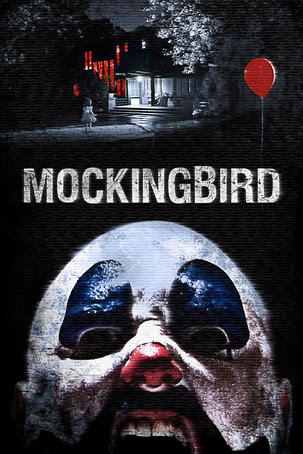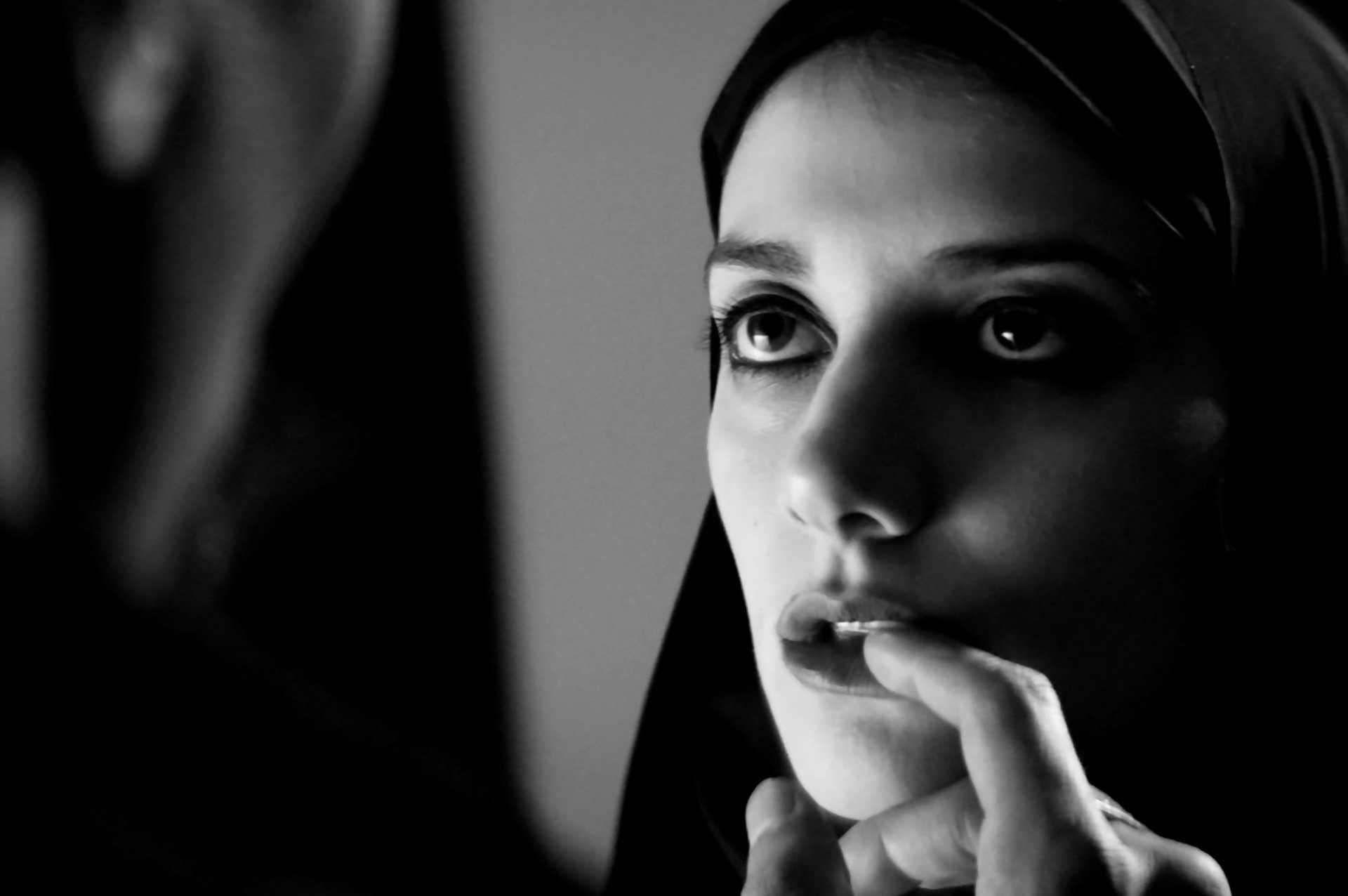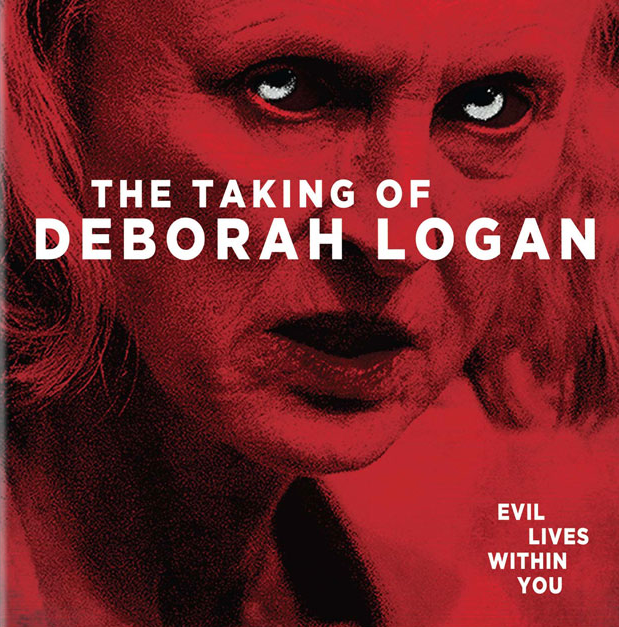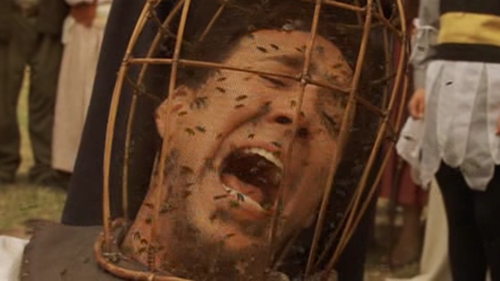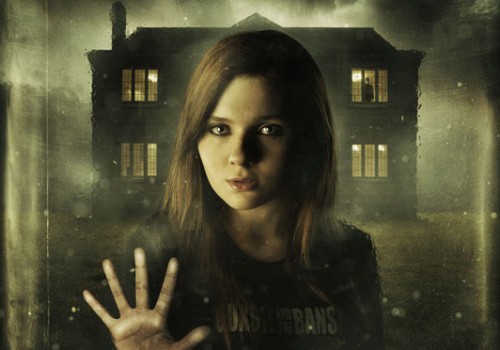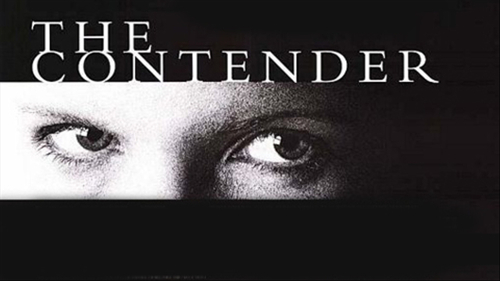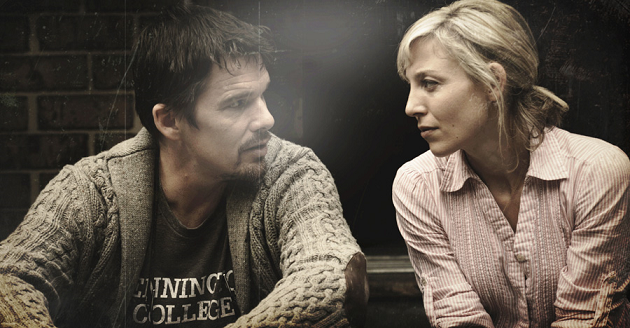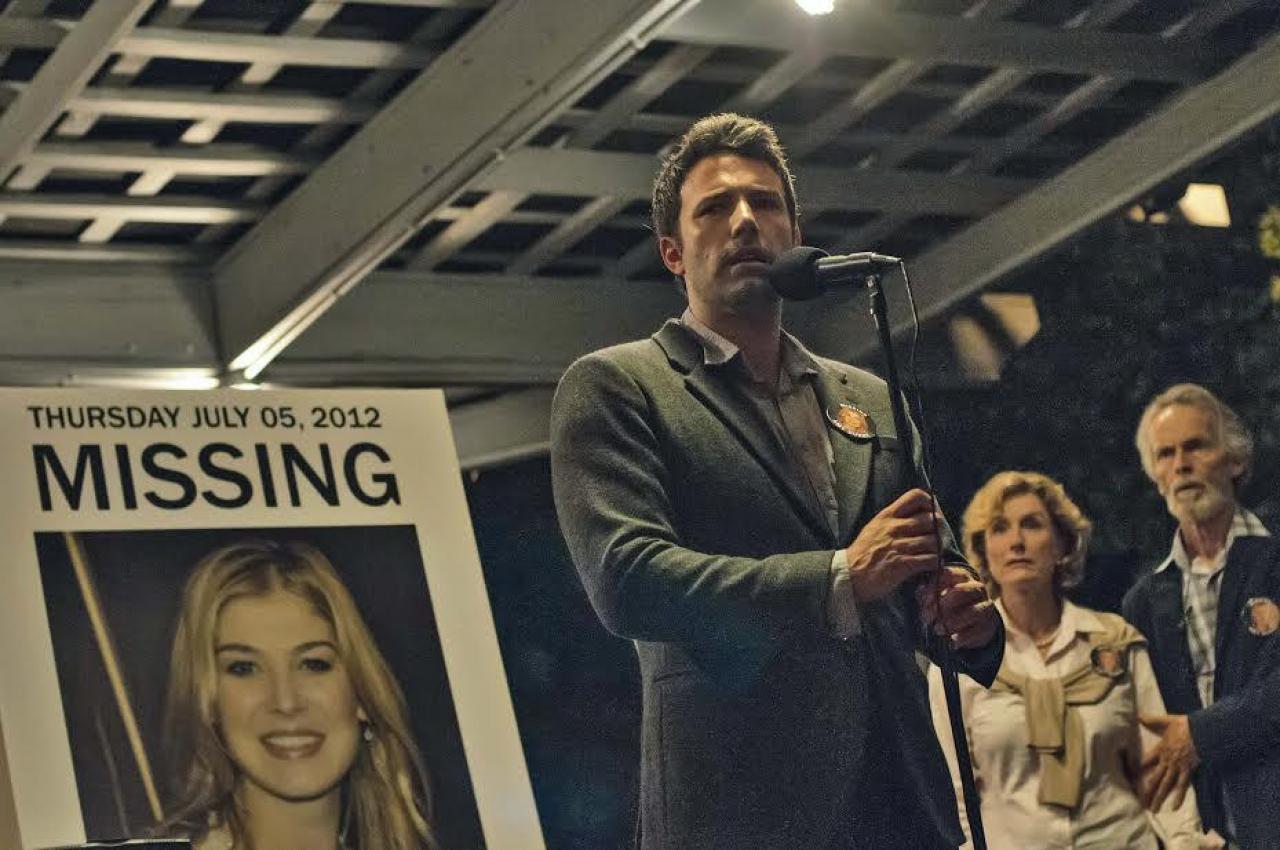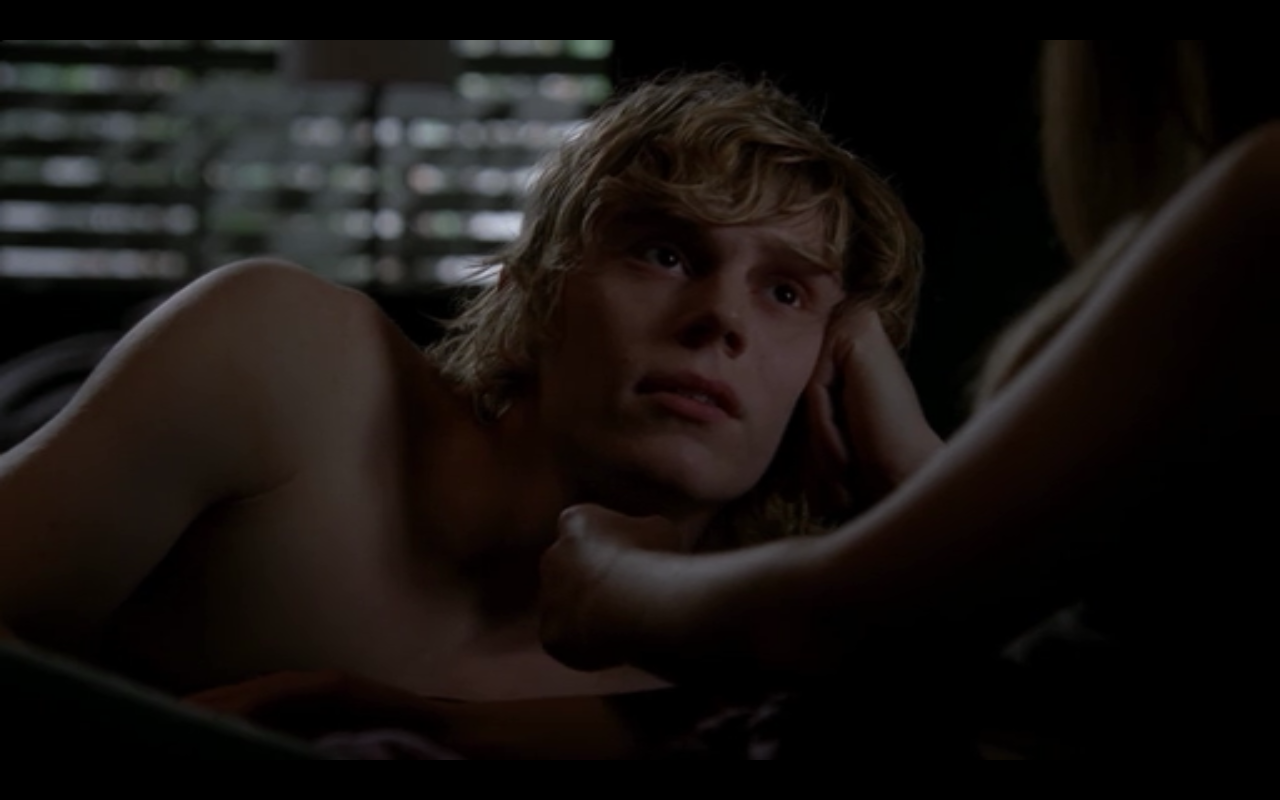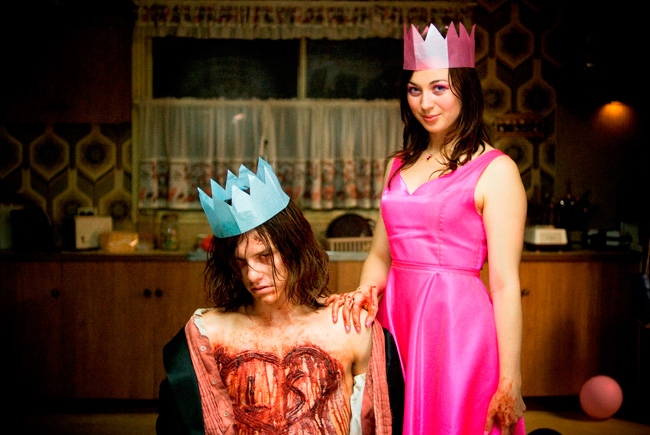
Written by Mychael Blinde.
Lest you think I fall in love with every found footage film I see, I offer you my review of Mr. Jones — a film that takes fascinating approaches to its mythology, camerawork, and representations of gender, then smashes them on the ground into a boring, convoluted mess.
Written and directed by first-time writer/director Karl Mueller, Mr. Jones (2013) failed to impress reviewers:
Given the sloppiness of Karl Mueller’s directorial debut, it feels less like innovation and more like an attempt to cover up shortcomings, as if he had the kernel of an idea and only begrudgingly filled it out. (The Playlist)
Writer-director Karl Mueller has put in a lot of effort to make sure Mr. Jones looks different and is constructed differently from any contemporaneous indie-horror project and/or mockumentary. And that’s what makes Mr. Jones such a bummer. So much work, so much thought, put into something so shitty. (The Dissolve)
It’s difficult to write about Mr. Jones without revealing spoilers or my utter disdain for the two main characters, so here’s a recap:
A young, white, financially secure, beautiful, heterosexual, able-bodied, cis couple move to The Woods to live in a Cabin, isolated from society.


Scott has this vague but enthusiastic notion that he’ll create the most super best amazing nature documentary of all time, revive his relationship with Penny, and reinvent his entire life. This lasts for approximately one minute of the exposition, voiced by Scott as a narration for his documentary:
Scott: Do you ever dream of waking up to birds instead of your alarm clock? Have you ever wanted to blow all your money on extremely nice camera equipment to make a nature documentary so beautiful people who saw it would never want to watch another movie again?…Do you ever wish you could kiss your wife the way you did on the night you first met?
Then he reveals that he’s stopped taking his unspecified meds and has no idea what the hell he’s doing with this project. He worries that he has dragged his girlfriend away from her successful career and her emotional support system on a half-baked fame-seeking whim:
Scott: Have you ever started to suspect you made a huge mistake?…Have you ever moved to the woods for a whole year to work on your relationship, only a month in you missed your TV more than you thought?…What if Penny put her photography career on hold for you, so you are too ashamed to admit that the documentary you moved here to make wasn’t that well thought out anyway?
Scott spends his days immobile in a hammock while Penny encourages him to take up his camera and make an effort to film. After a month and a half of this behavior, Penny is understandably upset about Scott’s neglect of the project for which she has made so many sacrifices:
Penny: I gave up everything to come out here with you, I left my job, my friends. And you promised me, you PROMISED me that you would be responsible.
But we are asked to forget about Penny’s frustration with Scott when birds start flying smack into their cabin in the middle of the night. (Do you ever dream of waking up to birds instead of your alarm clock?)
Then Scott encounters a creepy figure creeping around creating freaky scarecrow-like statues out of natural elements:

Scott’s like, Woah, dude’s a psychopath! And Penny’s like, He’s Mr. Jones — a famous reclusive artistic genius living off the grid! Let’s make him the subject of your documentary and hey — I’ll make a coffee table book!
Penny makes a list for Scott of all the Mr. Jones experts in the world — conveniently, every one of them happens to live in New York! Here the film takes a more formal approach to the documentary style and gives us several interviews with one woman (art historian) and five men (art dealer, anthropologist, newspaper reporter, metaphysical author guy, and an “Alleged Scarecrow Recipient” — seriously, that’s how he’s titled in the doc).

Thus proceeds a convoluted download of Mr. Jones info, and while some of it is truly creepy, lots of it just don’t make sense. (More on this later.)
Meanwhile, Penny is in The Woods, taking pictures of Mr. Jones’s statues for her book.

She has an awkward encounter with Mr. Jones during the day, then has a scary night in The Woods. Her takeaway from the experience, as she documents it, is a sense that Mr. Jones helped her get home to safety:
Penny: I just feel like I need to record this before I forget, ’cause I feel like I just woke up from a dream…You know how in a dream you can tell if someone is trying to hurt you or help you?…It’s like I could feel his intentions…and I don’t feel scared.
Scott returns to The Woods and he and Penny decide together that the obvious next step here is to break into Mr. Jones’s abode and film his home, his studio, and his art without his consent.
Yes, they’ve just learned that this guy is not only a respected figure in the art world, but also a potentially dangerous (but maybe also protective?) magic man, and their response is to break in to his home and touch and film his things.
I understand that as a horror fan there are times when I must forgive a character’s blatant stupidity. Horror is a genre built on the backs of bad ideas. But the decision to violate Mr. Jones’s privacy and document his work without his consent is not only stupid, it’s disrespectful and douchey. Scott wants to make a famous documentary, Penny want to make a huge coffee table book; they want to create their own art, so they feel entitled to access his art and the space in which he creates it.
Their stupid and entitled plan gets even stupider and more entitled when Scott the brainiac decides to swipe one of Mr. Jones’s smaller creations. It just happens to be the creepy center piece in a huge creepy underground shrine, no big deal, he simply blows out its eye candles and shoves it in his backpack.

Scott and Penny make it back to their cabin safely, but now their car won’t start and the sun won’t rise and they’re trapped in a nightmare world in which alternate versions of themselves are evil enemies.

Mr. Jones inexplicably gets sucked up into the sky (I THINK???). Ultimately, Scott must return to the shrine and replace the stolen figure, then don Mr. Jones’s mask and take on the role of creepy protector.
The only way to defeat the nightmare world is to don the trappings of nightmares and create nightmarish images — I love this concept, but alas! I found the execution super boring…
We watch Scott stumble around for a while, chased by his nightmare self, then — TA-DA!! — he’s the hero and he rescues his girlfriend! The Male Protagonist does it again: he makes a bunch of bad decisions and then he saves the day! Great job, Scott!
Scott maybe becomes the next Mr. Jones??? I’m not really sure because of the confusing final scenes and the mind-scramblingly frustrating mythology we’re offered throughout the film.
Let’s talk about the Mr. Jones mythology. First, the aspects I thought were great:
I love the concept of the Mr. Jones character: this amorphous being who is creepy as fuck in both aspect and artistry, and yet whose creepy creations actually offer protection from that which is truly terrifying, the real monster of this movie: the fear haunting our minds.

Mr. Jones suggests that creating something scary has the power to ward away fear. There’s a delicious paradox embedded in that idea, and a jumping off point for a conversation about the creation and consumption of horror movies. Why are horror fans drawn to scary stories? What purpose do they serve in our minds, our lives, our culture? Do we seek horrific images in order to confront and reject our fears?
Unfortunately, all of this is ruined by the sloppy slap-together of the convoluted, contradictory mythology presented in the film’s documentary-style interviews.
For example: In one of the interview-with-the-experts clips, we’re informed by the art dealer that “[t]here are nine verified Jones pieces in the world — nine.”
Yet in other clips, other experts make it sound like there are far more than nine Jones statues in existence:
Author: It is hard to believe that one person, after so many years, could be responsible for building all of these totems and sending them all over the world. So there’s some that posit that perhaps there is a secret group or a sect at work here, building these things and sending them out for ceremonial purposes.
So which is it? Are there nine Jones pieces, or dozens? And what exactly is the deal with the recipients of these statues? What is the impact of the Mr. Jones statues on their lives?
One of the experts, the art dealer, was a recipient of a Jones statue. He put it in his gallery window, experienced an uptick in gallery traffic for a while, then went back to life as usual.
Scott: So what happened next?
Art Dealer: Well, eventually they just stopped. And that was it. And I thought Mr. Jones was done.
Another expert, the metaphysical author guy, says that the people who received these statues went whackadoo and moved to The Woods.
Author: I met a lot of people that were mailed totems by Mr. Jones, and most of them just say that they were disturbed and moved on. But if you actually start talking to the people around them, their husbands, their wives, their friends, their colleagues, their parents — then you start to get a different story. And you dig deeper into the lives of these people, and you notice even more drastic changes, extreme personality shifts, disappearances, housewives leaving their families and moving into the woods, it’s disturbing.
The “Alleged Scarecrow Recipient” destroyed his Mr. Jones scarecrow, and now suffers from undisclosed life problems and ongoing nightmares that he’s chasing himself around and in danger of spilling evil out into the world:
Alleged Scarecrow Recipient: You have no idea what you’re dealing with, this guy — you don’t know what he’s capable of…You have no idea what these things do to your mind…they get inside your mind and they explode.
But according to the anthropologist, the scarecrows are protective figures:
Anthropologist: These talismans were created by the holy men to patrol the borders of these two worlds as they overlapped…to keep the chaos and insanity and nightmares of the dream world from entering our own.
So…are we to understand that the people who reject the scarecrow/dream-guardian figures go mad? Do they become the new versions of Mr. Jones? Is that what happens to Scott? If a recipient accepts the scarecrow, like the art dealer, nothing really happens? But if they are disturbed by the figures, then they abandon their families and move into the woods? And if they destroy the figures, then they live forever in a nightmare world of fear? Are we to understand that Mr. Jones is trying to protect the people to whom he sends his statues? Or is his aim to imbue more people with his magic powers and inspire them to create more creepy protective totems?
I can accept when a film refrains from explaining a major, obvious quandary — see, for example, my feelings about the final scenes of Mockingbird – but I cannot accept when a movie offers inconsistent, inconclusive explanations and paints a messy picture of its mythos. This shatters the credibility of the in-film documentary and craps on the interesting questions the movie raises about the creation and consumption of horrific images.
Speaking of horrific images, let’s talk about the camerawork in Mr. Jones.
First, the bad:
In the film’s exposition, we learn that Scott has rigged his camera so that it shoots both his POV and a close-up of his face, which Penny thinks is the most brilliant thing ever, and I think was a big mistake. Found footage films can be difficult enough to follow without jumping back and forth between a character’s POV shot and close up of the character. As one reviewer from The Dissolve puts it:
Also tedious: those two-way camera get-ups, which turn most of the action sequences in Mr. Jones into a hard-to-follow assemblage of “shaky face shot,” “shaky first-person shot,” “shaky face shot,” and so on, for minutes on end.
Found footage films get a lot of shit, but one of the coolest things they can do is put the viewer in the POV perspective of a character experiencing nightmare circumstances. The sequence with Scott in the tunnel system in particular would have been way more effective if Mueller had kept the POV shot through the entirety. This scene was an opportunity to offer viewers the nightmarish experience of navigating through an ever-changing underground maze. It could have been disorienting in a way that approximated the sensation of the maddening dream logic Scott is experiencing. Thanks to the shifting back and forth between POV and character close-up, it wasn’t.
I will generally tolerate confusing and/or uncomfortable camerawork if I think it’s trying to do something interesting or if it resonates meaningfully within the context of the larger horror in the story. But all this approach did was and take me out of the nightmarish nature of the tunnel sequence, and reinforce my feeling that Scott is a narcissistic dreamer who cares more about navel gazing than putting effort into creating something.
The good:
I appreciate that Mueller found a way to transition his found footage film from personal POV shots to something more flexible without smashing the film’s premise. (Another example of success with this is the use of telekeneticams in Josh Trank’s Chronicle.) The inclusion of the phantom film shot by the nightmare universe version of Scott is a clever way to explain the shift away from jerky-hand-cam character POV shots, the frequent downfall of many a found footage denouement.

Unfortunately, most of these phantom film shots consist of Scott stumbling around in fear and confusion, and Penny as alternately a scary nightmare universe version of herself and a helpless damsel in distress. Then Scott the Male Protagonist leads the way and saves the day!
So…lets talk about this film’s approach to representations of gender.
The good:
Penny, the main female character, has energy and agency, intelligence and ambition.
The bad:
Penny uses all of her energy and agency and intelligence and ambition to serve Scott and his project. Her project, the coffee table book, is a supplement to his creation. The Male Protagonist’s Girlfriend is a depressingly pervasive trope in film and television: she is a character who has no real purpose in a story except to support the Male Protagonist in his chosen journey. Penny gets Girlfriended from the get-go: from start to finish, she serves to support Scott. That’s all she is and all she does.
Scott is the impetus for the film, the creator of the documentary, the voice of the exposition, the hero in the resolution (I THINK???). We’re in Scott’s world, and Penny’s there to be supportive and get rescued. (Never mind that she has to be rescued because Scott was an idiot who stole from his creepy neighbor’s underground tunnel shrine.)
There is so much potential within this film, and yet so little awesomeness, resulting in a convoluted found footage misfire, another tired story about a Male Protagonist and his Girlfriend.
*Is Penny Scott’s girlfriend or his wife? In his expository voice over, he says “Do you ever wish you could kiss your wife the way you did on the night you first met?” But at one point in the film she calls him her “boyfriend.” Just one more confusing thing about this movie. I don’t think it really matters; the point is that they’re life partners but all that really seems to matter in the film is his life.
____________________________________________________
Mychael Blinde writes about representations of gender in horror at Vagina Dentwata.

